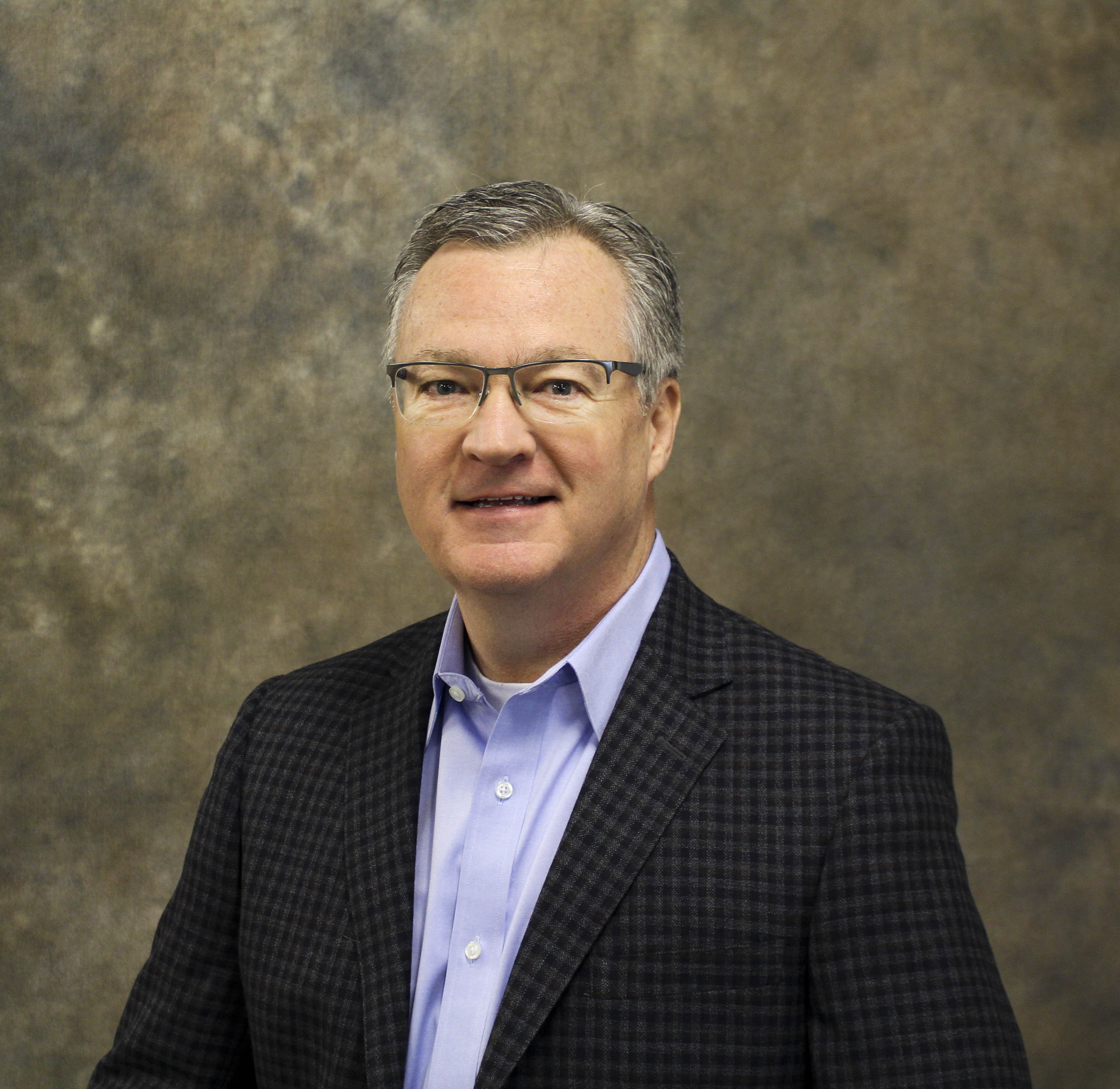Ten Questions with Keith Cox

HT: What brought you to your current position?
KC: I have attended a Nazarene church since birth, and through the years I have participated in a variety of ways, including short-term mission projects and JESUS Film Harvest Partner trips. I attended a Nazarene college (MidAmerica Nazarene University) as a business major, and toward the end of college, I started working at a local bank.
Along the way, I continued my involvement in church life and got to know my predecessor here, Marilyn McCool. As she was nearing retirement, I was asked if I would consider moving into this role. At that time, having been part of assisting our bank through some difficult economic transitions, I felt the Lord leading me toward this kind of involvement in the church.
HT: Over the years, what changes have you seen in the way churches approach the ministry of giving?
KC: I still see many examples of generous Nazarenes who give sacrificially for our work all over the world. I do think that, like many groups, we have a danger to isolate ourselves as local churches and become disconnected with the global mission of the Church.
When we remind each other that when we give, we are not only supporting our local work, but are participating in something even bigger—something on a global scale—it encourages more participation.
I believe it is important for all of us, especially our pastors and leaders, to convey the bigger vision of the Church to people consistently, so that they can see how their giving and other participation fits in the bigger picture.
HT: What are some key things that local churches can do to teach and encourage people to give consistently?
KC: It helps if we can remind people that we do not simply give to a “bureaucracy.” We are giving to works that God uses to bless and transform real people.
In my previous job as a bank president, I kept pictures on my wall of mission trips to places all over the world. When customers, executives, and clients would visit with me, it was not unusual for them to ask about these pictures of people working and serving together. This gave me the opportunity to share stories with them about these mission trips funded by our church, and even those who were relatively unchurched expressed interest in funding and even participating in this kind of work!
If communicating in this way works in a secular business environment, I believe it can have much more impact if we can share these stories and encourage members of our church to see the faces of people who receive a blessing from our giving.
HT: How can both clergy and non-clergy work together in local churches to enhance confidence in handling financial matters?
KC: I believe that churches should practice loving accountability and transparency in finances. For clergy, it is common for pastors to (rightly) insist that their offices have windows so that there is no doubt about the integrity of what they are doing. In the same way, pastors and other church leaders can work together to provide a “window” for the way they handle finances.
Pastors should not be expected to do it all. Those in the congregation who have backgrounds in business and finance can be helpful additions to the pastor’s leadership team and can help the church communicate with transparency and within the best legal and ethical practices. Working together in this way will increase the giving potential of the church.
HT: As general treasurer, you are part of the Senior Leadership Team (SLT) of the Global Ministry Center. What is your role on this team?
KC: The SLT is a team that works directly with the Chief Administrative Officer (CAO) to help ensure that all of the ministry areas of the GMC are working together to carry out the mission of the BGS. My role is to help provide guidance on a global scale regarding the distribution and use of funds. My office works with regional directors and other ministry leaders in helping ensure that each dollar given by Nazarenes worldwide is used as effectively as possible.
HT: Do you have any hobbies?
KC: I used to participate more in sports. I love music, photography, and traveling (especially on a motorcycle) when I can.
HT: Tell us about your family.
KC: My wife and I have two grown daughters who live nearby. My wife is also very involved in church life. She and I have both served in a variety of capacities, including teaching Sunday school.
HT: Do you have a favorite place you have traveled or would like to travel?
KC: I particularly enjoy the opportunities to go on mission trips. Seeing where people live and serve in places far away from where I live is exciting to me, and it is a thrill to see God work outside of my own local setting. It is wonderful to be able to say that I have friends in places throughout the world where I have gotten the opportunity to serve in some way.
HT: What is your vision for the financial future of the Church of the Nazarene?
KC: I would love for us to continue to move away from an isolated view of how we fund our mission and continue to move toward more cooperative, “big picture” approaches based on where we can do the most good.
Second, we are working on the possibility of short-term finance teams who can go into regions of the Church and assist in setting up strong financial systems that will maximize the budgets of each region. Groups like this can help us properly assess risk management where finances are concerned as we seek to make the best use of what God provides through our giving.
Finally, I want us to continue to practice the best stewardship possible with the properties that the Church of the Nazarene owns and oversees throughout the world. We want to help assess what can be sold to provide funding in the areas where more cash flow is needed, and in areas where property expansion is needed, we want to help our churches and district/regional offices find the best value.
Together, we can continue to be good stewards of God’s blessings through His people.
Note: This interview has been edited for clarity and length.
Holiness Today, Jan/Feb 2019
Please note: This article was originally published in 2019. All facts, figures, and titles were accurate to the best of our knowledge at that time but may have since changed.




